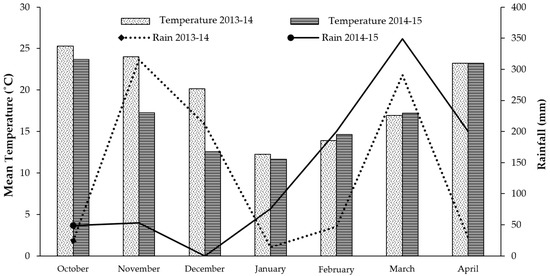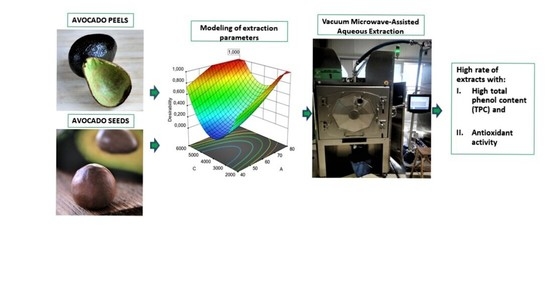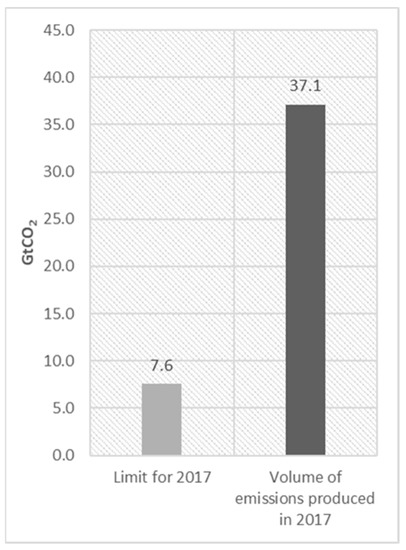Sustainability 2021, 13(4), 2178; https://doi.org/10.3390/su13042178 - 18 Feb 2021
Cited by 7 | Viewed by 6170
Abstract
Bangkok, the capital city of Thailand, is one of the most developed and expansive cities. Due to the ongoing development and expansion of Bangkok, urbanization has continued to expand into adjacent provinces, creating the Bangkok Metropolitan Region (BMR). Continuous monitoring of human mobility
[...] Read more.
Bangkok, the capital city of Thailand, is one of the most developed and expansive cities. Due to the ongoing development and expansion of Bangkok, urbanization has continued to expand into adjacent provinces, creating the Bangkok Metropolitan Region (BMR). Continuous monitoring of human mobility in BMR aids in public transport planning and design, and efficient performance assessment. The purpose of this study is to design and develop a process to derive human mobility patterns from the real movement of people who use both fixed-route and non-fixed-route public transport modes, including taxis, vans, and electric rail. Taxi GPS open data were collected by the Intelligent Traffic Information Center Foundation (iTIC) from all GPS-equipped taxis of one operator in BMR. GPS probe data of all operating GPS-equipped vans were collected by the Ministry of Transport’s Department of Land Transport for daily speed and driving behavior monitoring. Finally, the ridership data of all electric rail lines were collected from smartcards by the Automated Fare Collection (AFC). None of the previous works on human mobility extraction from multi-sourced big data have used van data; therefore, it is a challenge to use this data with other sources in the study of human mobility. Each public transport mode has traveling characteristics unique to its passengers and, therefore, specific analytical tools. Firstly, the taxi trip extraction process was developed using Hadoop Hive to process a large quantity of data spanning a one-month period to derive the origin and destination (OD) of each trip. Secondly, for van data, a Java program was used to construct the ODs of van trips. Thirdly, another Java program was used to create the ODs of the electric rail lines. All OD locations of these three modes were aggregated into transportation analysis zones (TAZ). The major taxi trip destinations were found to be international airports and provincial bus terminals. The significant trip destinations of vans were provincial bus terminals in Bangkok, electric rail stations, and the industrial estates in other provinces of BMR. In contrast, electric rail destinations were electric rail line interchange stations, the central business district (CBD), and commercial office areas. Therefore, these significant destinations of taxis and vans should be considered in electric rail planning to reduce the air pollution from gasoline vehicles (taxis and vans). Using the designed procedures, the up-to-date dataset of public transport can be processed to derive a time series of human mobility as an input into continuous and sustainable public transport planning and performance assessment. Based on the results of the study, the procedures can benefit other cities in Thailand and other countries.
Full article
(This article belongs to the Section Sustainable Transportation)
►
Show Figures












